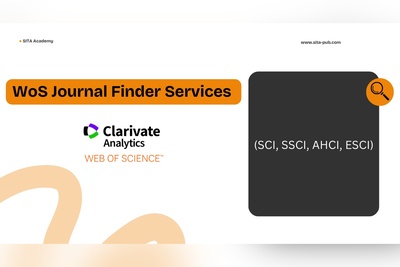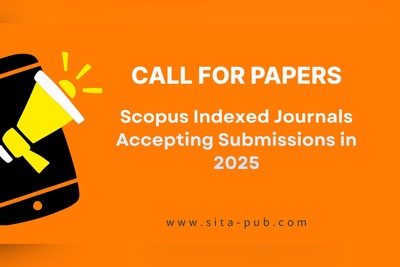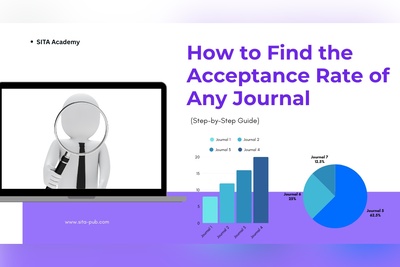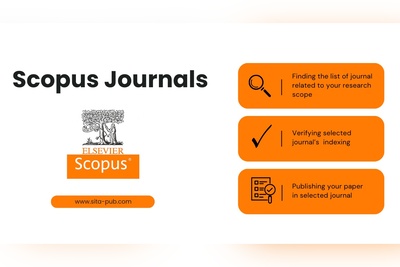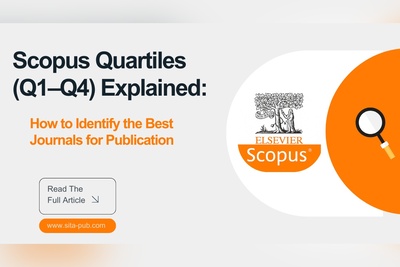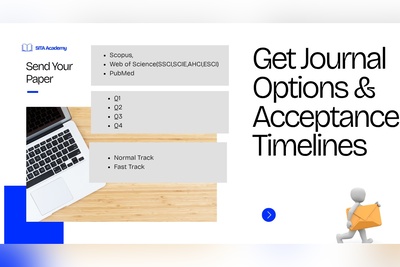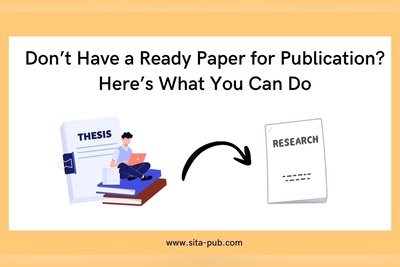How to Know the Acceptance Rate of a Journal Before Submitting
Wondering about journal acceptance rates before submitting your paper? Learn what acceptance rates mean, how they differ across Scopus, Web of Science, and PubMed journals, and how to find high-acceptance journals to boost your chances of publication.
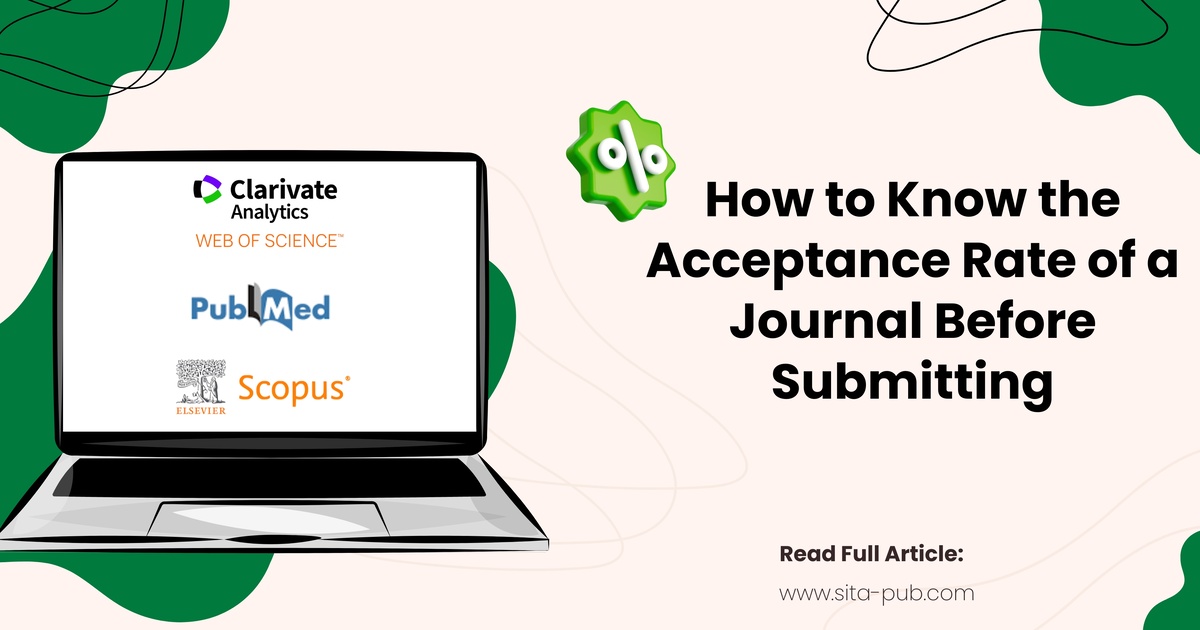
One of the most common questions researchers, PhD students, and faculty members ask before submitting their research paper is:
“What is the acceptance rate of this journal?”
The answer can greatly affect your publication journey. Submitting to a journal with a very low acceptance rate (like many Q1 Scopus or Web of Science journals) may mean months of waiting, only to face rejection. On the other hand, choosing a journal with a higher acceptance rate can increase your chances of getting published quickly, without compromising quality.
In this article, we will explain:
What acceptance rate means in academic publishing.
How acceptance rates differ across Scopus, Web of Science (WoS), and PubMed journals.
How to find acceptance rates — even when a journal doesn’t publish them.
How to identify high acceptance rate journals in your field.
What is the Journal Acceptance Rate?
The acceptance rate of a journal is the percentage of submitted manuscripts that get accepted for publication.
For example:
If a journal receives 1,000 submissions in a year and accepts 150, then the acceptance rate is 15%.
A lower acceptance rate usually means the journal is more competitive and selective (common in Q1 journals with high impact factors).
A higher acceptance rate usually means the journal is more accessible and suitable for researchers looking for quicker publication.
It’s important to note that acceptance rate doesn’t always equal quality. Some specialized or niche journals may have higher acceptance rates but still maintain strong peer-review standards.
Acceptance Rates Across Different Indexing Databases
1. Scopus Journals
Scopus indexes thousands of journals, categorized into quartiles (Q1–Q4) based on their impact metrics.
Q1 journals: Highly prestigious, very competitive, acceptance rate often below 10–15%.
Q2 journals: Balanced between prestige and accessibility, acceptance rates around 15–25%.
Q3 journals: More moderate journals, often have acceptance rates between 25–40%.
Q4 journals: Many have higher acceptance rates (40–60%), suitable for early-career researchers.
2. Web of Science (WoS)
WoS has multiple indexes:
SCI / SCIE (Science Citation Index Expanded) → very competitive, low acceptance (often <20%).
SSCI (Social Sciences Citation Index) → varies by discipline, but many fall in the 10–25% range.
AHCI (Arts & Humanities Citation Index) → acceptance rates can be more flexible, often 20–35%.
ESCI (Emerging Sources Citation Index) → newer journals, usually higher acceptance rates, sometimes 30–50%.
3. PubMed Journals
Since PubMed focuses on biomedical and life sciences, acceptance rates vary widely:
Top-tier biomedical journals (like The Lancet or NEJM) → <10%.
Specialized medical or clinical journals → 20–40%.
New or open-access PubMed journals → may reach 40–60%.
Key Insight: Indexing and quartile ranking strongly affect acceptance rates. Q1 SCI journals will always be harder to enter than Q3 Scopus or ESCI journals.
How to Find a Journal’s Acceptance Rate
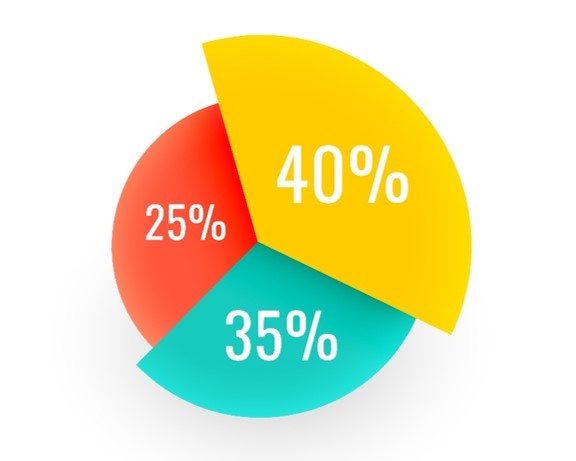
Unfortunately, not all journals publish their acceptance rates. Here’s how you can still find reliable information:
1. Check the Journal Website
Some journals are transparent and publish:
Acceptance rate
Average time to decision
Average time to publication
Look under “About the Journal”, Editorial Policy, or Author Guidelines sections.
2. Publisher Reports
Big publishers like Elsevier, Springer, Wiley, and Taylor & Francis sometimes provide acceptance rate statistics.
For example:
Elsevier’s Journal Insights platform provides acceptance rates and time-to-publication.
Springer and Wiley also share similar data in their journal portals.
3. Third-Party Sources
Websites like:
Scimago Journal Rank (SJR) → Doesn’t directly give acceptance rates but quartile and impact metrics help estimate.
Journal Citation Reports (JCR) → WoS journals data (subscription required).
ResearchGate & Academia.edu discussions → Researchers sometimes share their acceptance experiences.
4. Indirect Estimation
If the journal doesn’t disclose acceptance rates, you can estimate using:
Quartile & Impact Factor → Lower quartile often = higher acceptance rate.
Publication Volume → Journals publishing many issues per year often accept more papers.
Scope → Broad-scope journals tend to accept more compared to very specialized ones.
How to Find High Acceptance Rate Journals in Your Field
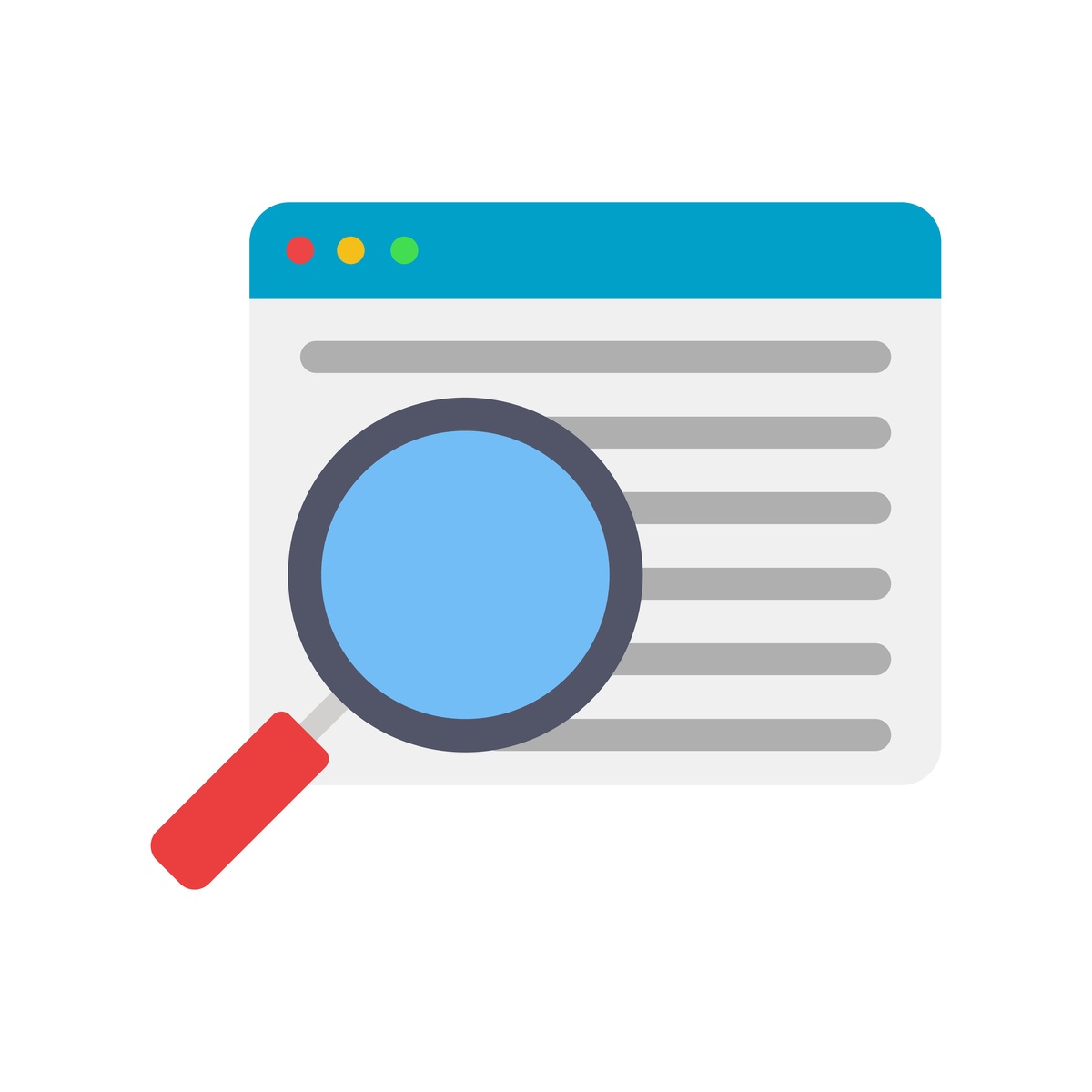
If your goal is quick publication and avoiding unnecessary rejection, here’s what you should do:
Target Q3 or Q4 Journals in Scopus or ESCI journals in Web of Science. These usually have higher acceptance rates while still being indexed.
Look at Open Access Options → Many open access journals (especially from MDPI, Hindawi, Wiley OA) tend to have higher acceptance rates compared to traditional subscription journals.
Search Specialized Journals → Niche journals in your exact subfield may accept more because they receive fewer submissions.
Use Journal Finder Tools
Elsevier Journal Finder
Springer Journal Suggester
Wiley Journal Finder
These tools suggest journals based on your abstract and keywords — often highlighting those with faster review processes.
Check Submission-to-Publication Time → Faster turnaround often correlates with higher acceptance rates.
Publish Your Paper in High Acceptance Rate Journals with SITA Academy
Finding the right journal is not easy. Many researchers waste months submitting to journals with low acceptance rates, only to face rejection.
At SITA Academy, we make this process easier:
We analyze your paper’s scope, quality, and field of study.
We recommend journals with the best balance of indexing (Scopus, WoS, PubMed), acceptance rate, and publication speed.
We handle formatting, submission, and communication with the journal.
This means you save time, avoid unnecessary rejections, and increase your chances of success.
Conclusion
Knowing the acceptance rate of a journal before submission is a smart way to avoid unnecessary delays and rejections.
Q1 journals = very prestigious but low acceptance rates.
Q2/Q3 journals = balance of prestige and accessibility.
Q4 and ESCI journals = higher acceptance rates, faster publication.
PubMed journals = vary, but niche or open-access ones often more flexible.
If you can’t find the acceptance rate directly, use indicators like quartile, publication frequency, and indexing to estimate.
Ultimately, the key is to find a journal that fits both your research scope and your publication goals.
Verified Contact Channels
If you have any questions, inquiries, or would like to learn more about our services, please don't hesitate to reach out to us. Our dedicated team is ready to assist you.





